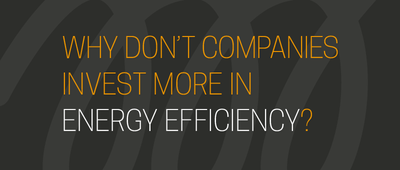Report: Low-Income Households, Communities of Color Face High “Energy Burden” Entering Recession
(ACEEE blog, 10 Sep 2020) Washington, DC—Low-income households, as well as Black, Hispanic, and Native American households, pay a much larger share of their income on energy bills, straining budgets and putting them at heightened risk of utility shutoffs during the COVID-19 pandemic and recession, according to a new analysis from the American Council for an Energy-Efficient Economy (ACEEE).
Washington, DC—Low-income households, as well as Black, Hispanic, and Native American households, pay a much larger share of their income on energy bills, straining budgets and putting them at heightened risk of utility shutoffs during the COVID-19 pandemic and recession, according to a new analysis from the American Council for an Energy-Efficient Economy (ACEEE).
In its analysis of energy burdens—the portion of income paid toward energy bills—the report finds stark demographic and regional disparities nationally and in 25 major metropolitan areas. Compared to white (non-Hispanic) households, Black households spend 43% more of their income on energy costs, Hispanic households spend 20% more, and Native American households spend 45% more. Low-income households (those with incomes below 200% of the federal poverty level) spend three times more of their income on energy costs than non-low-income households.







